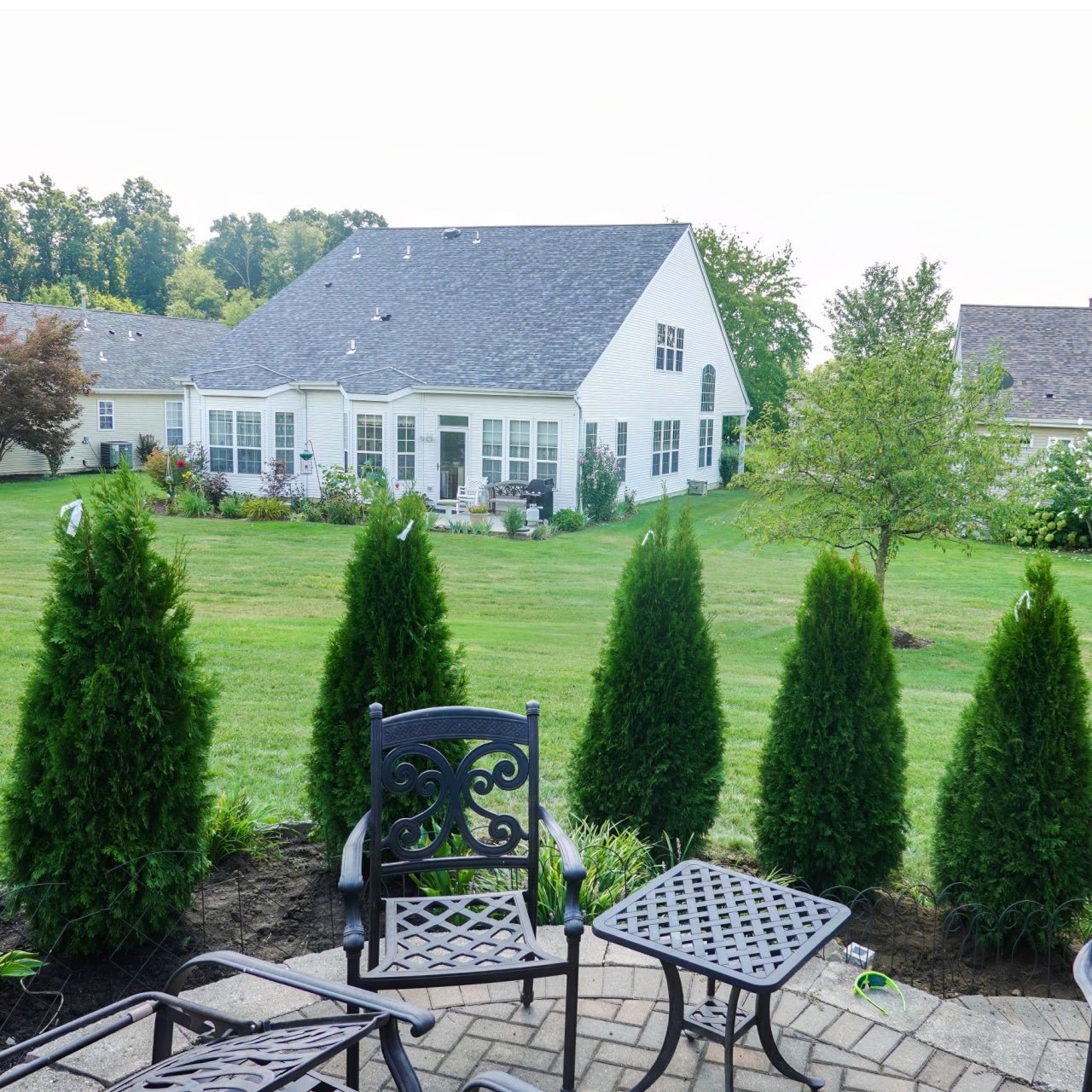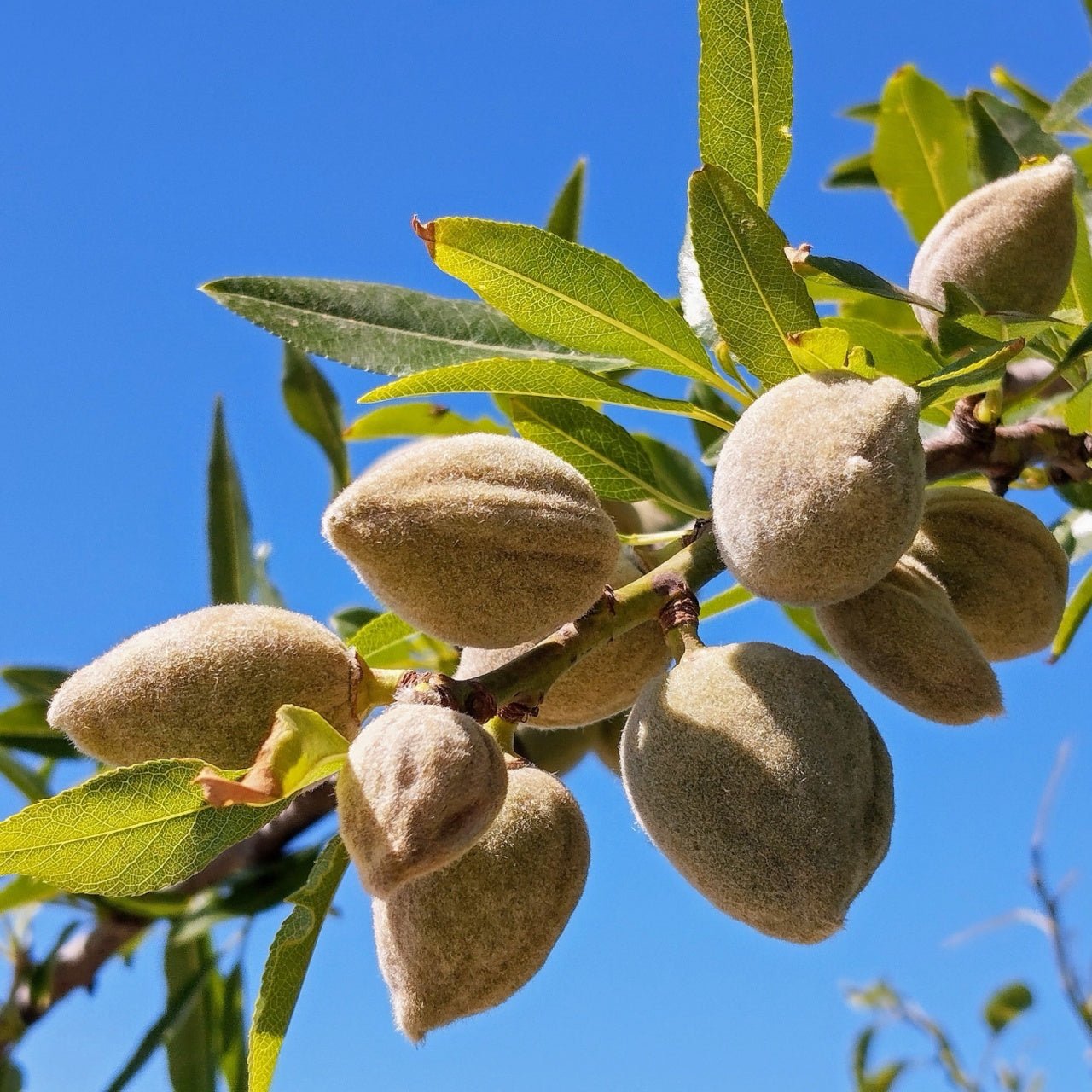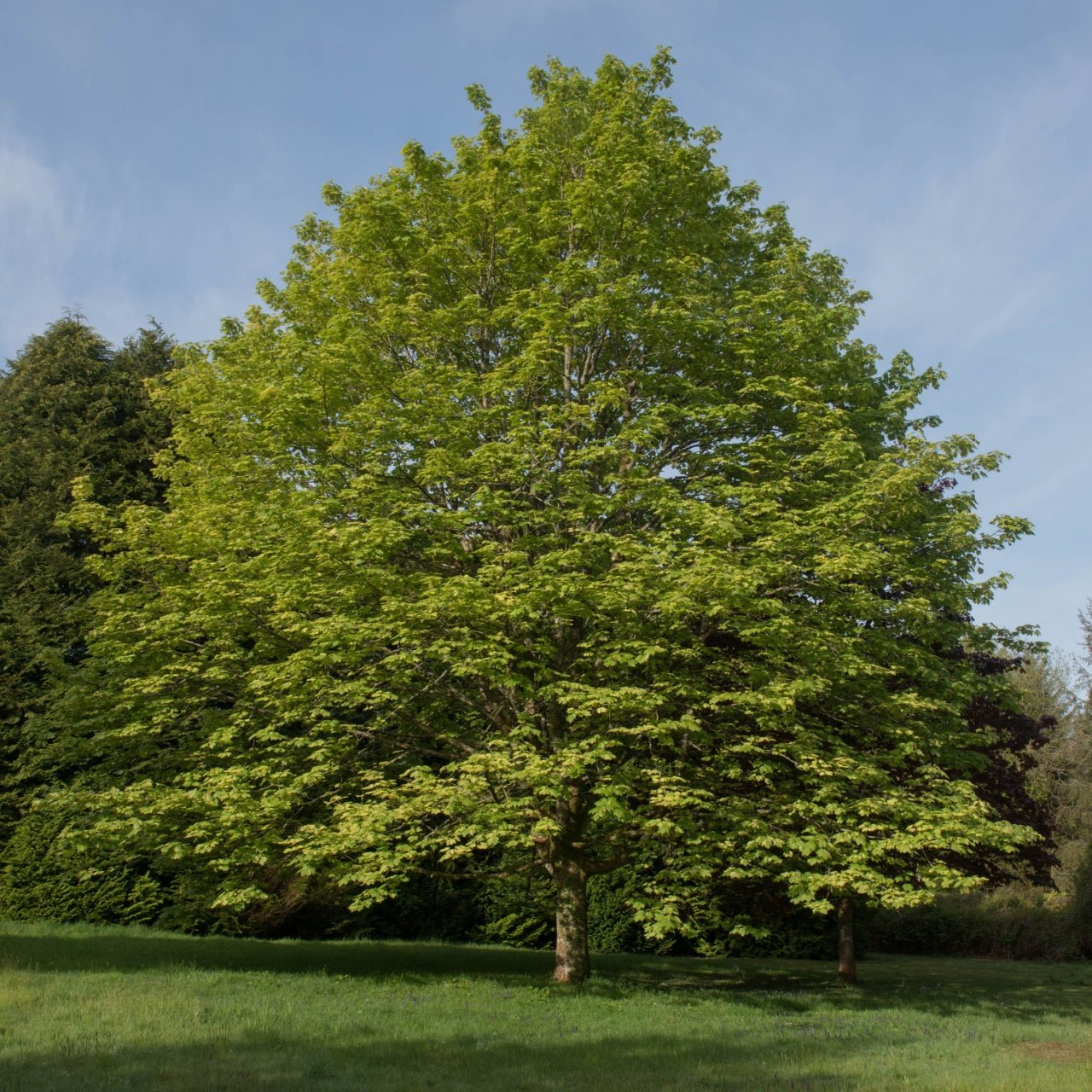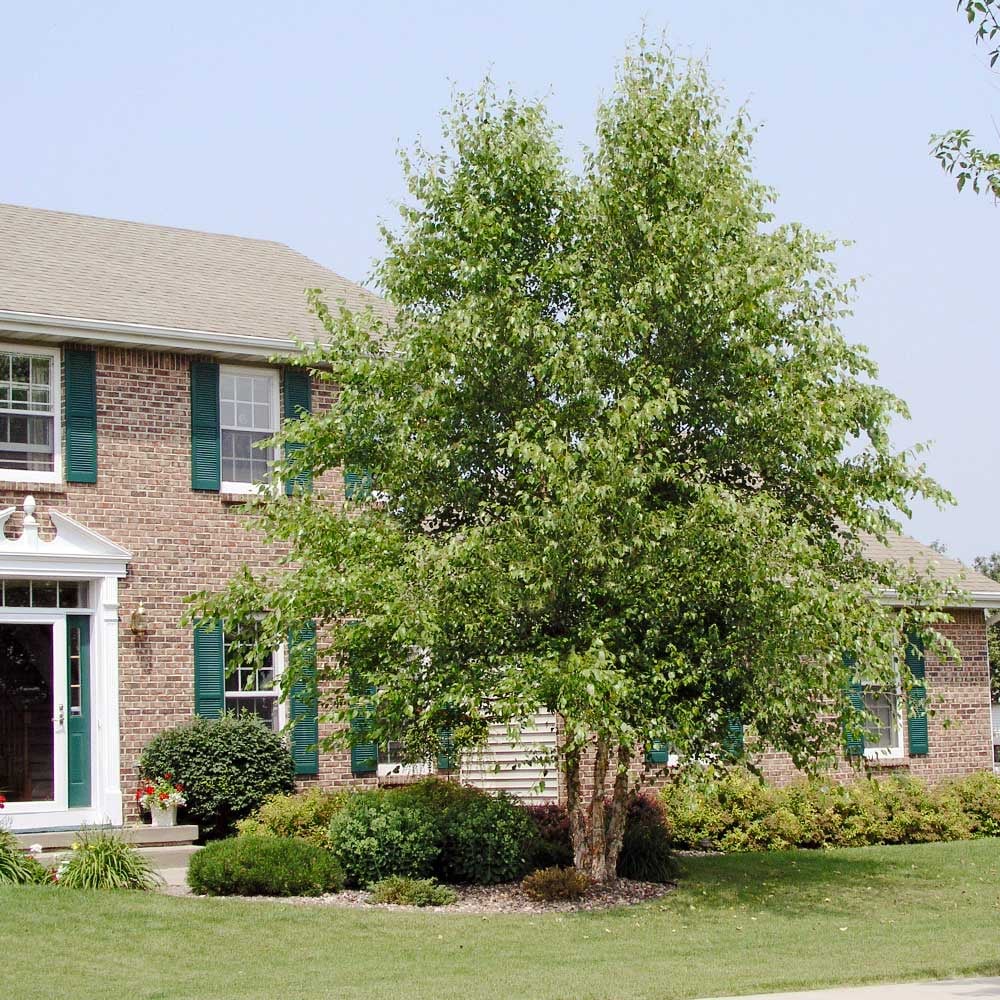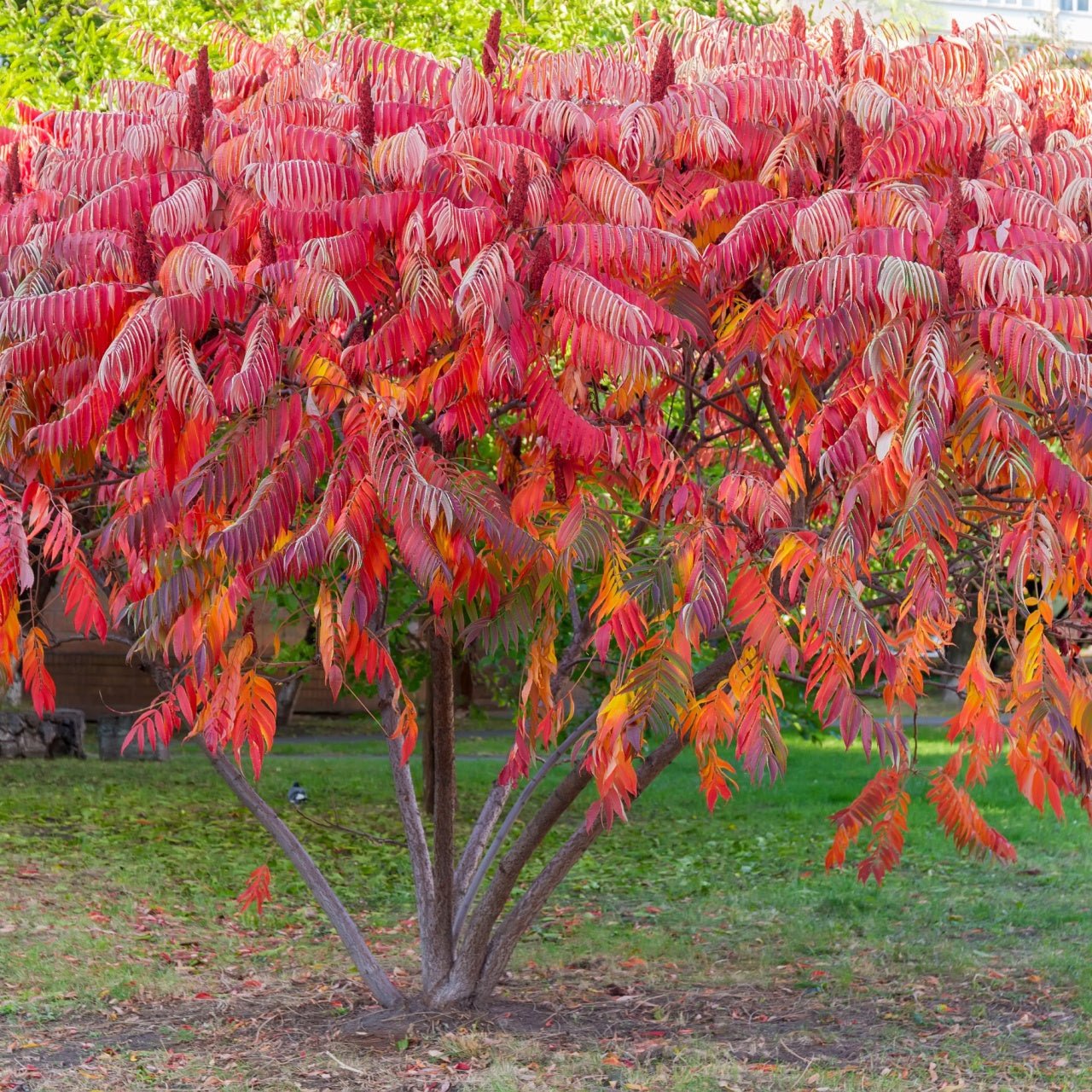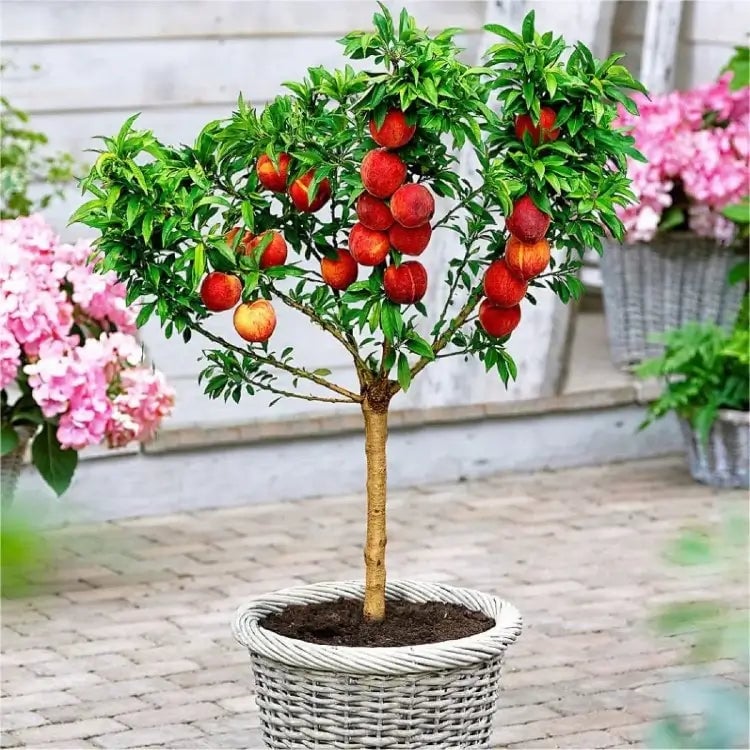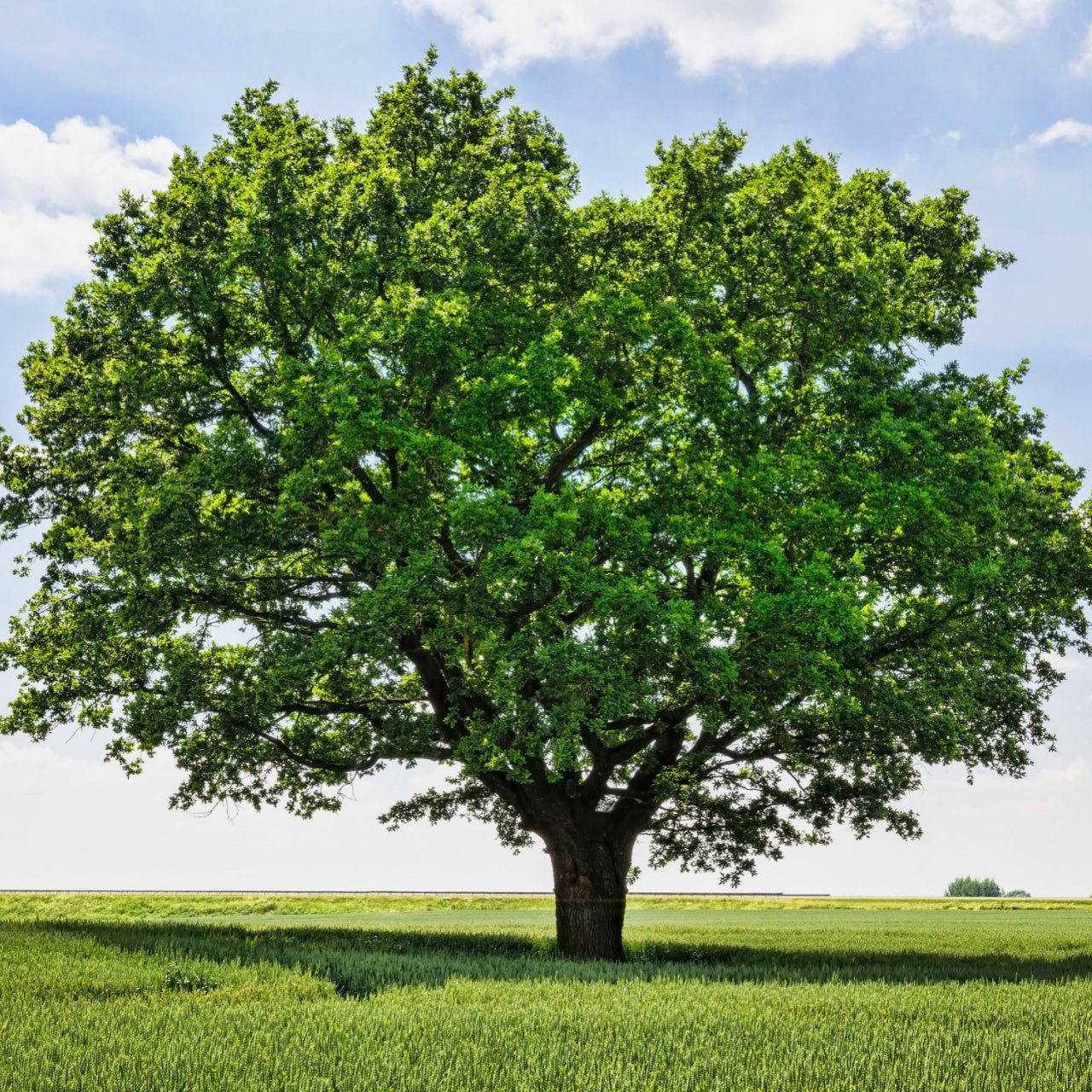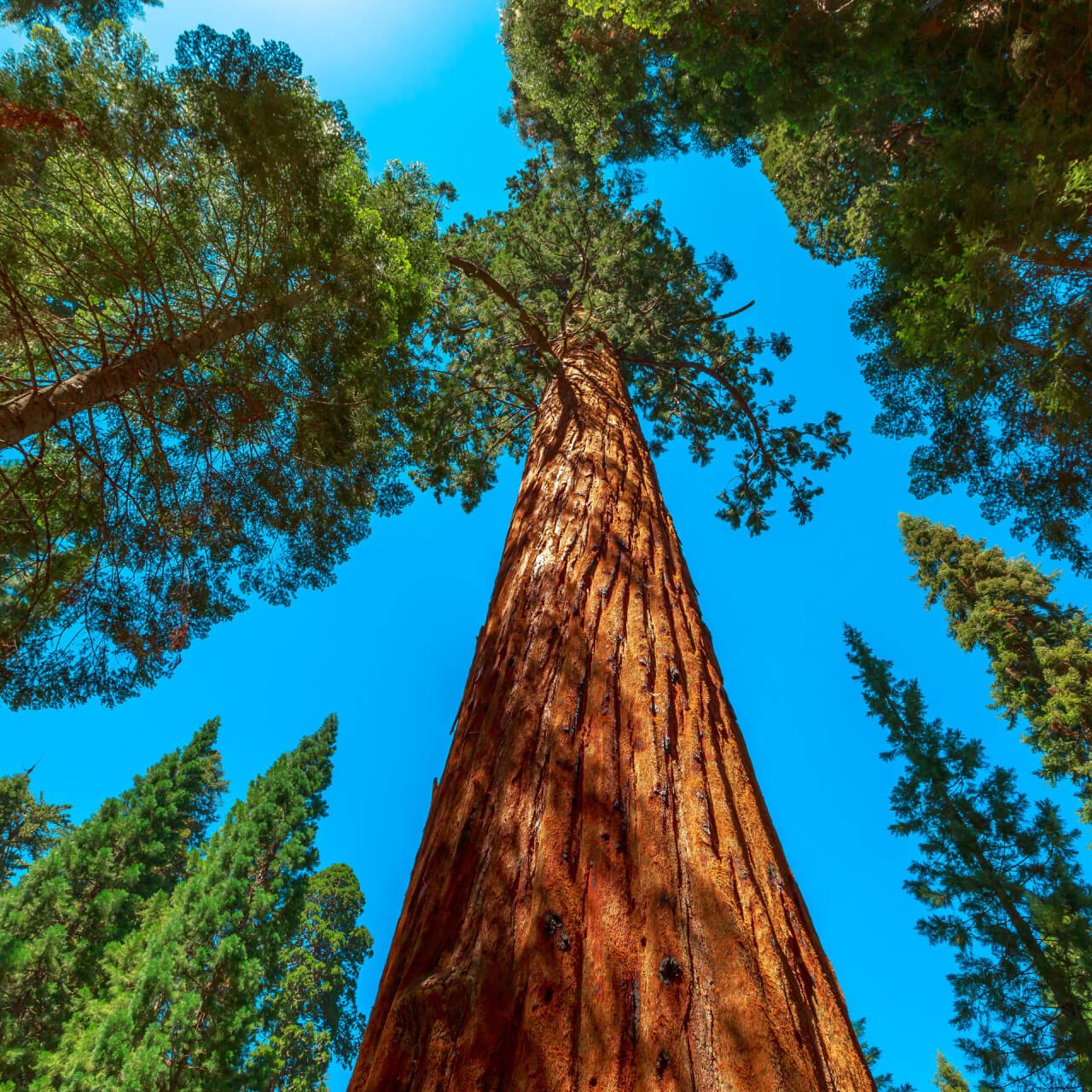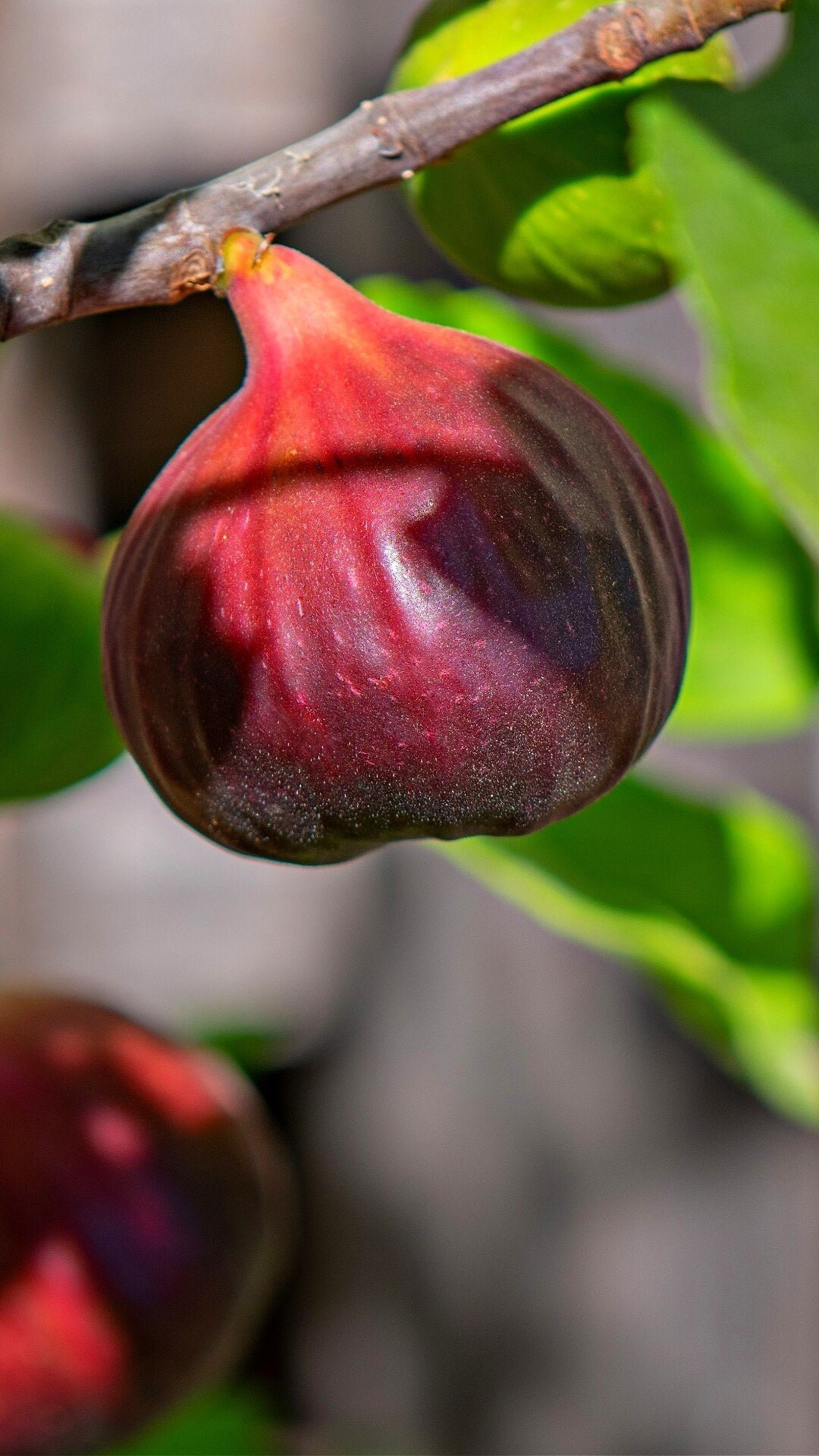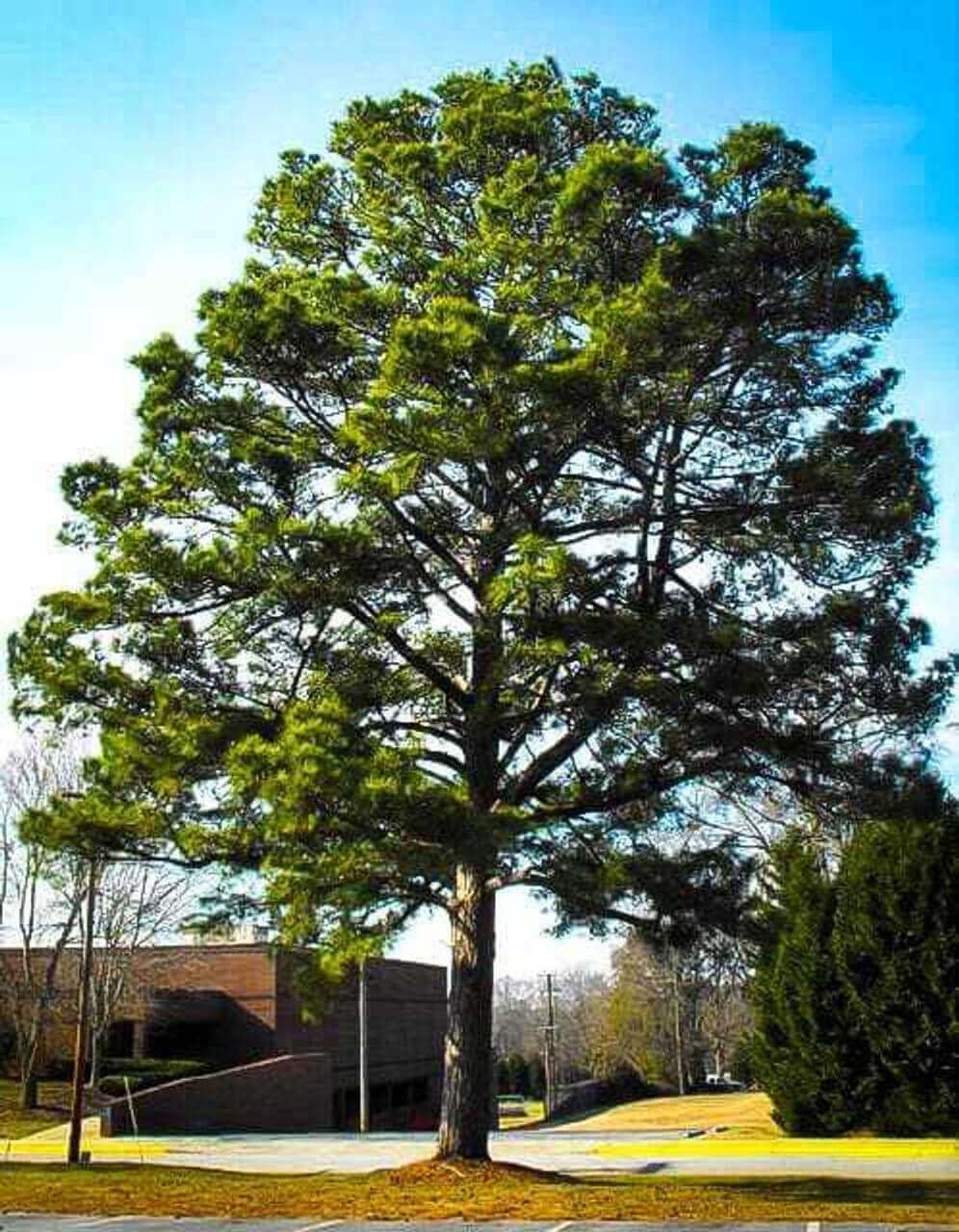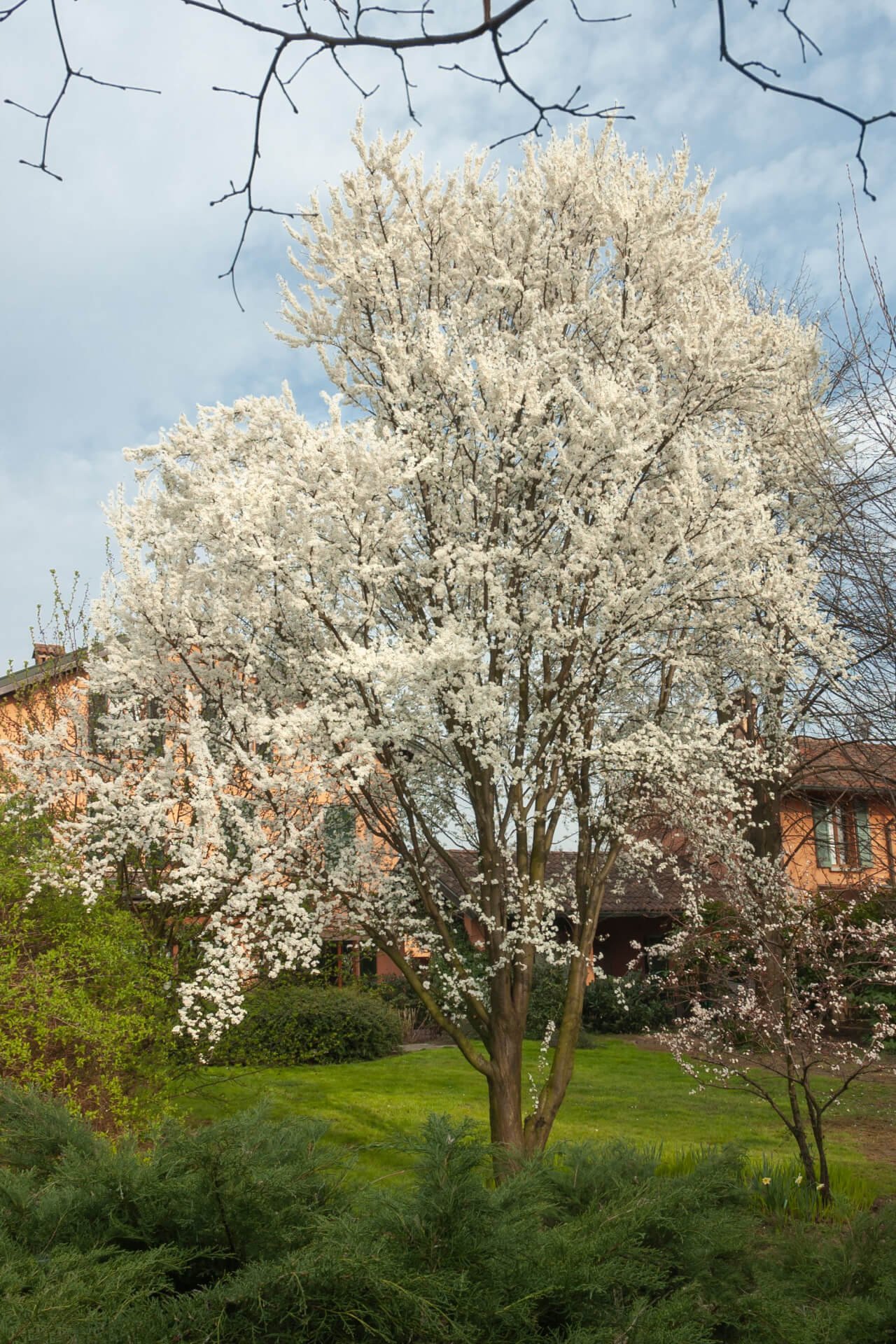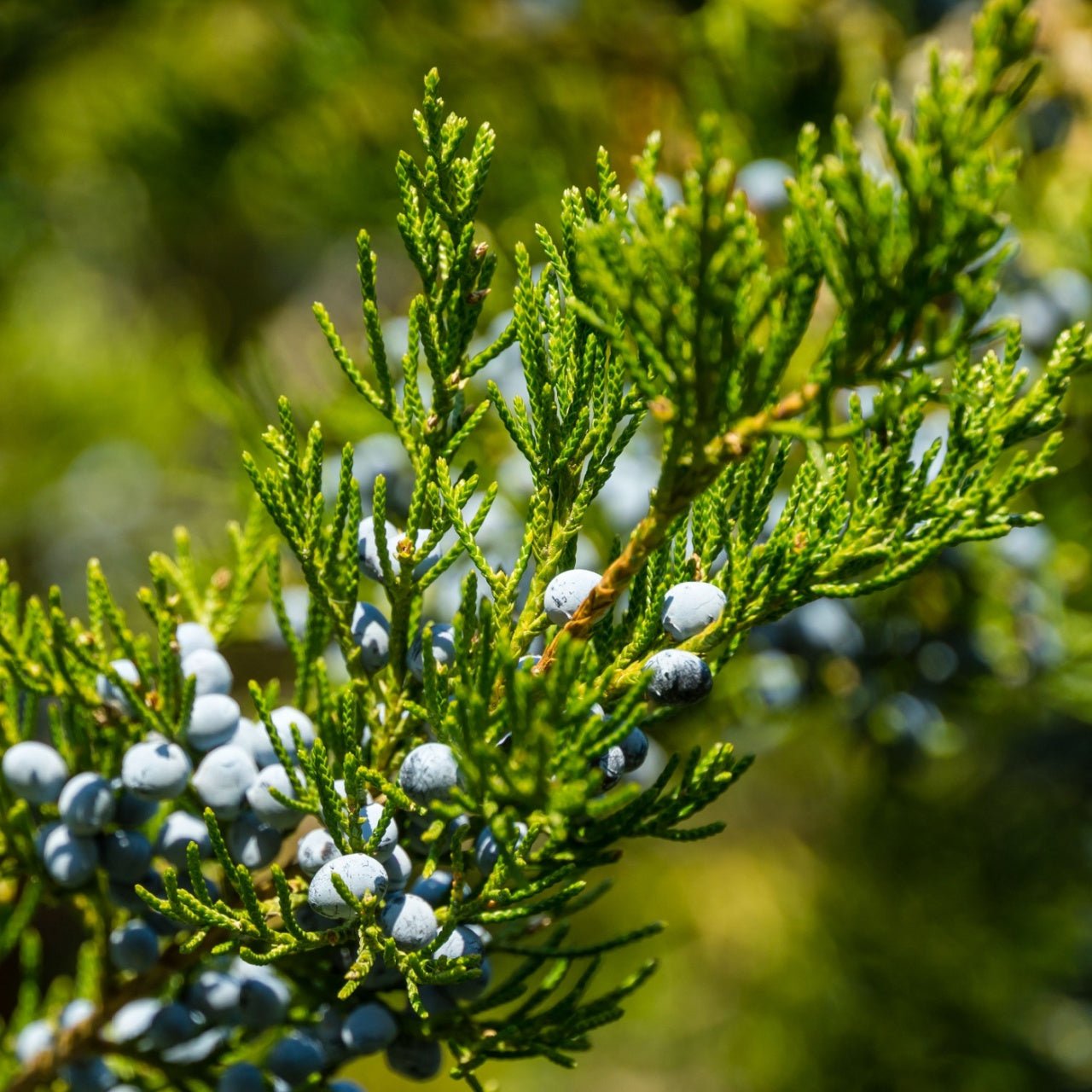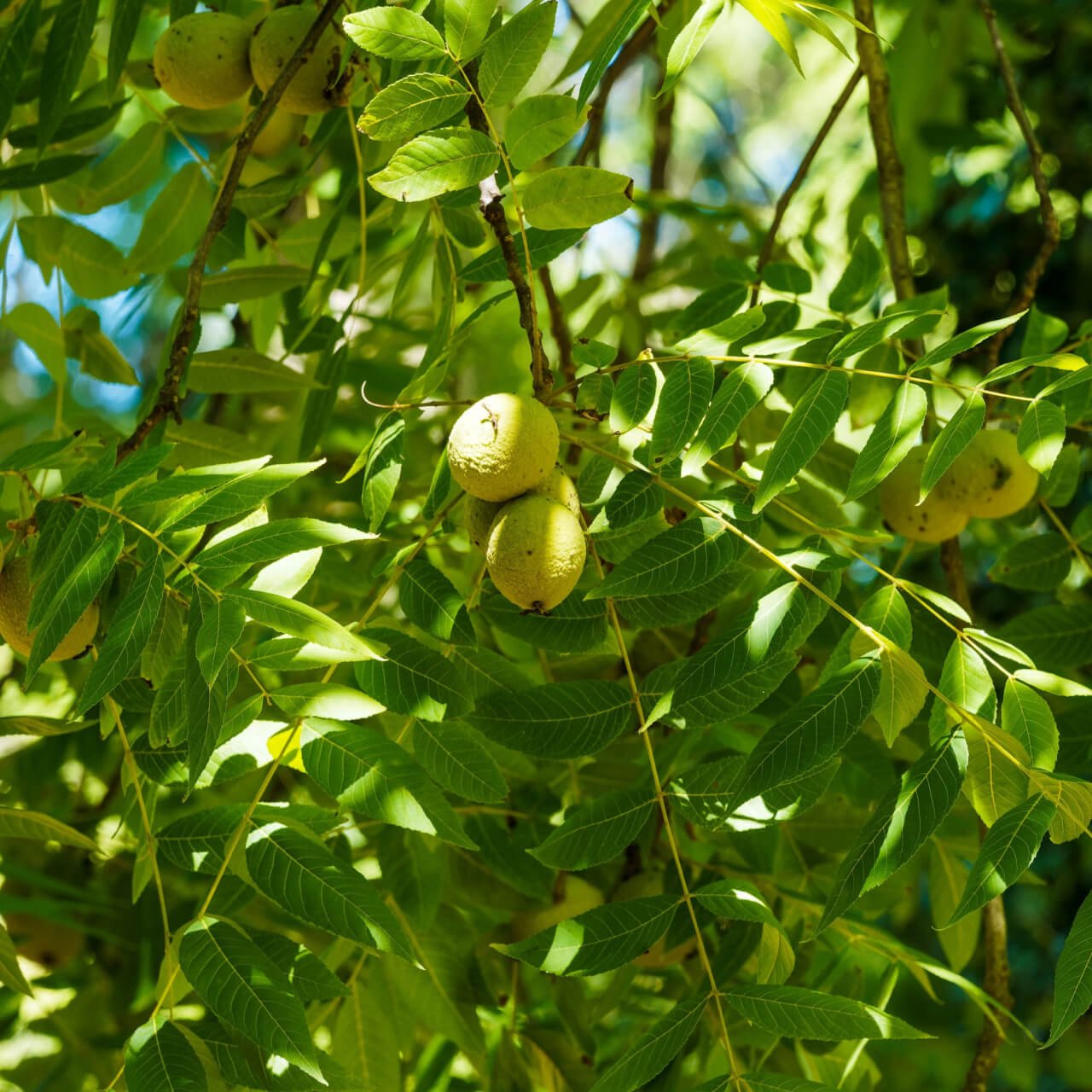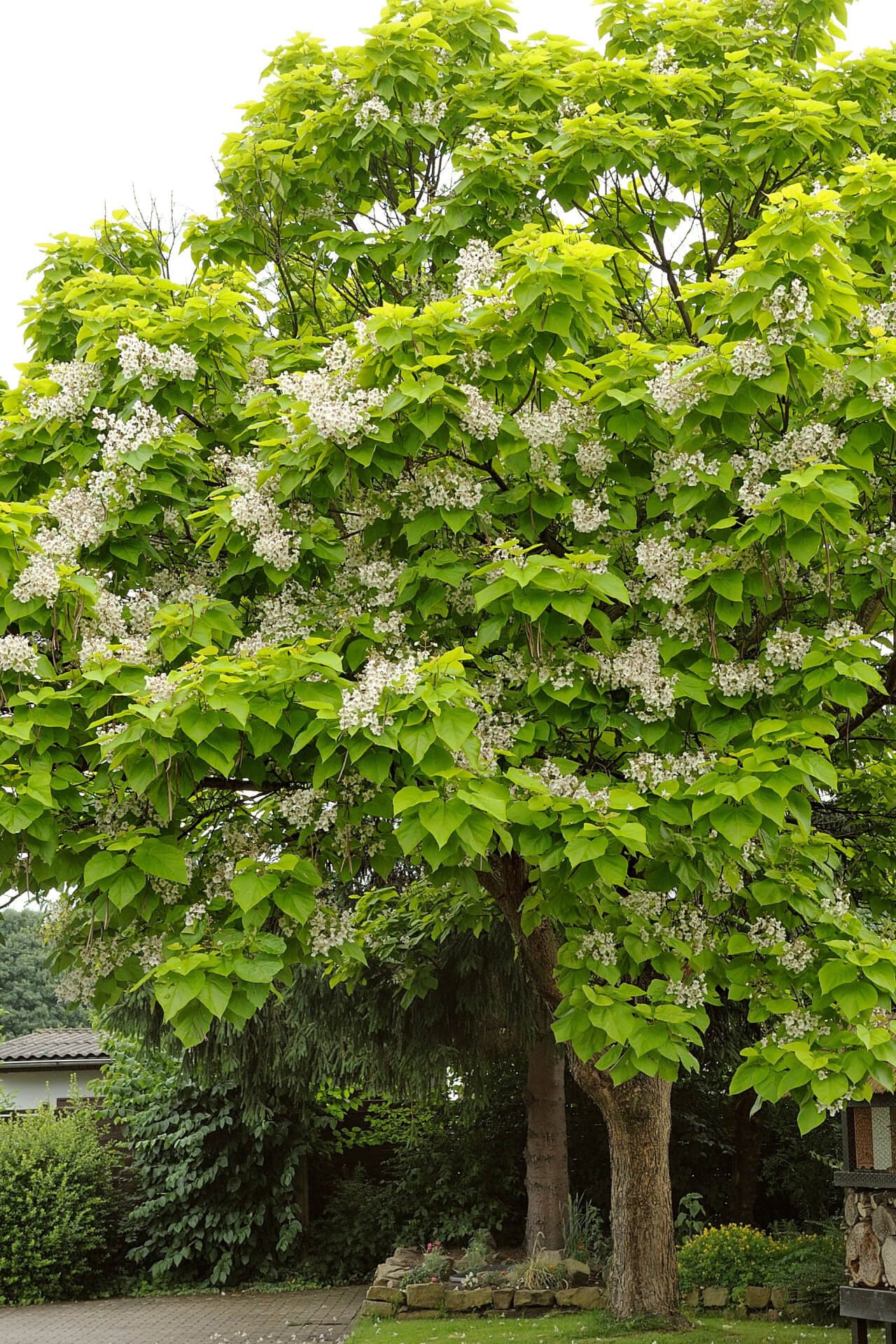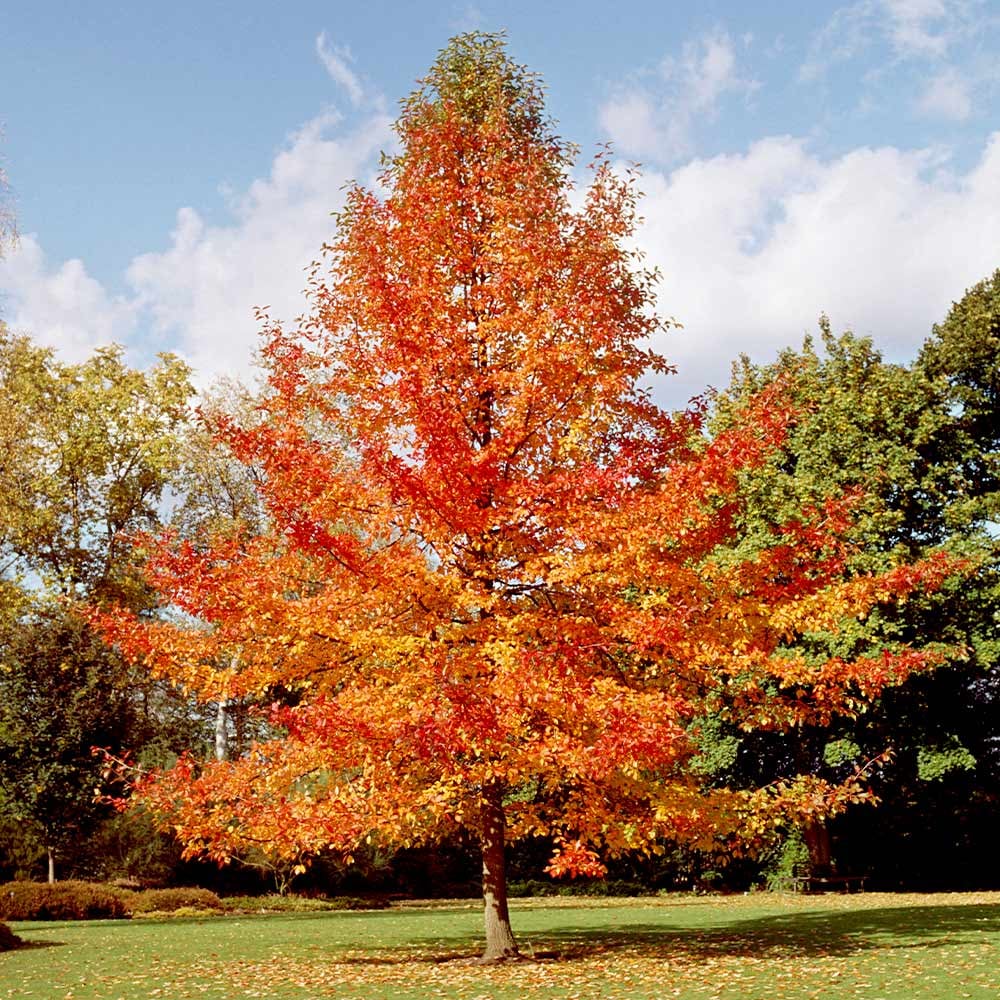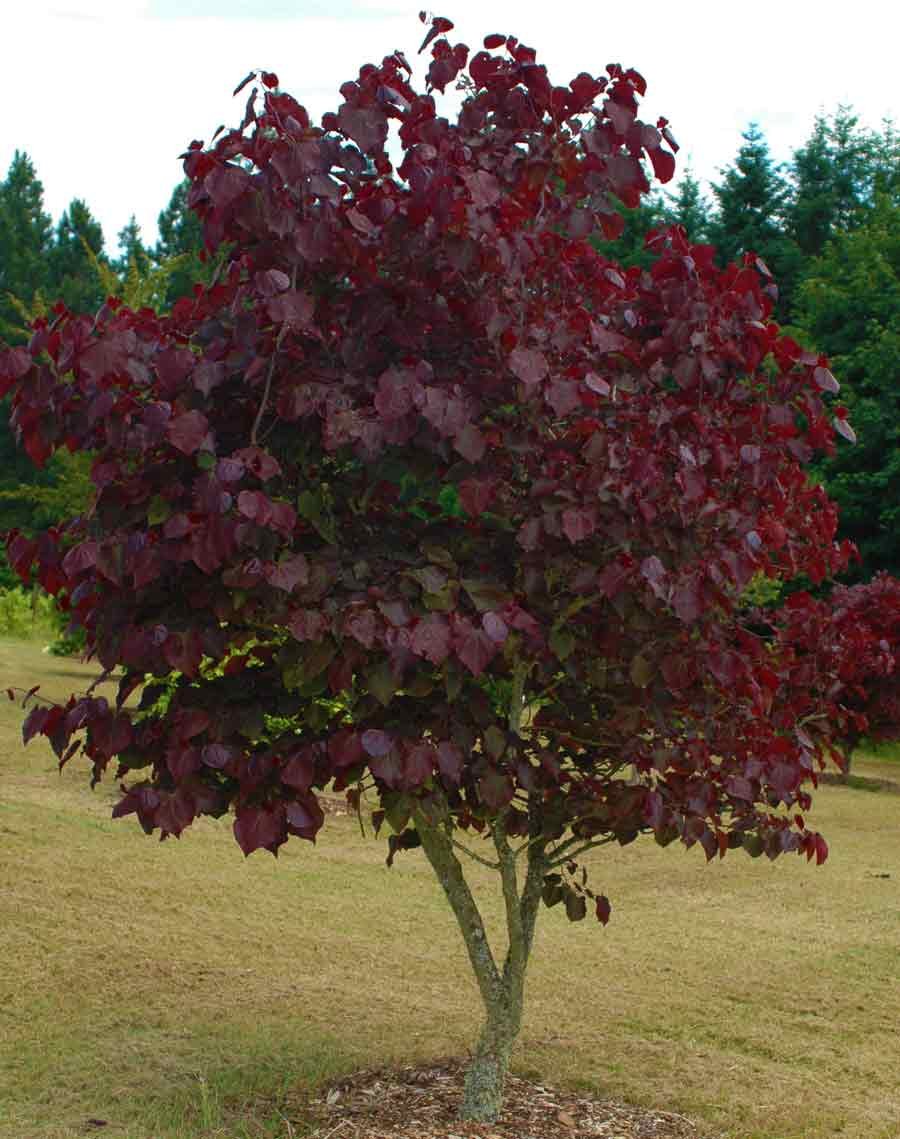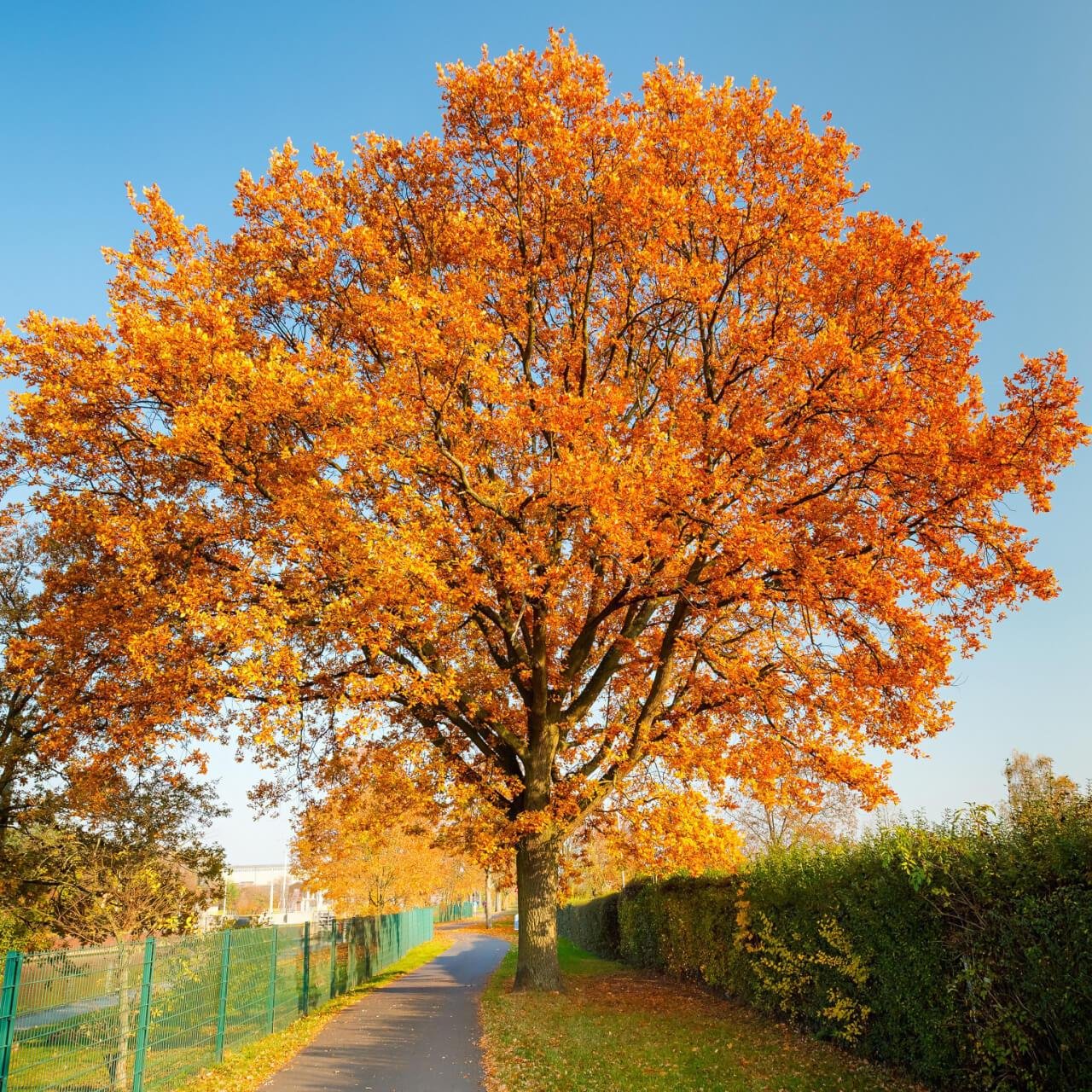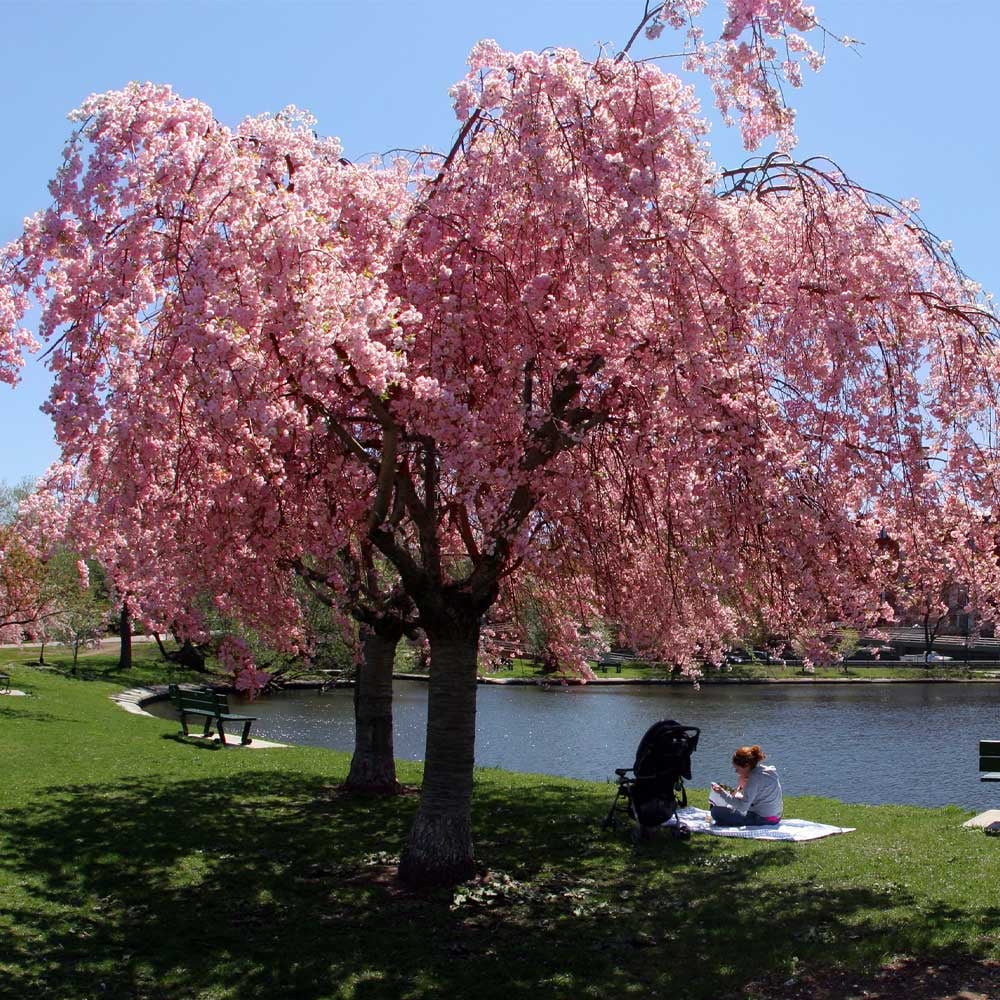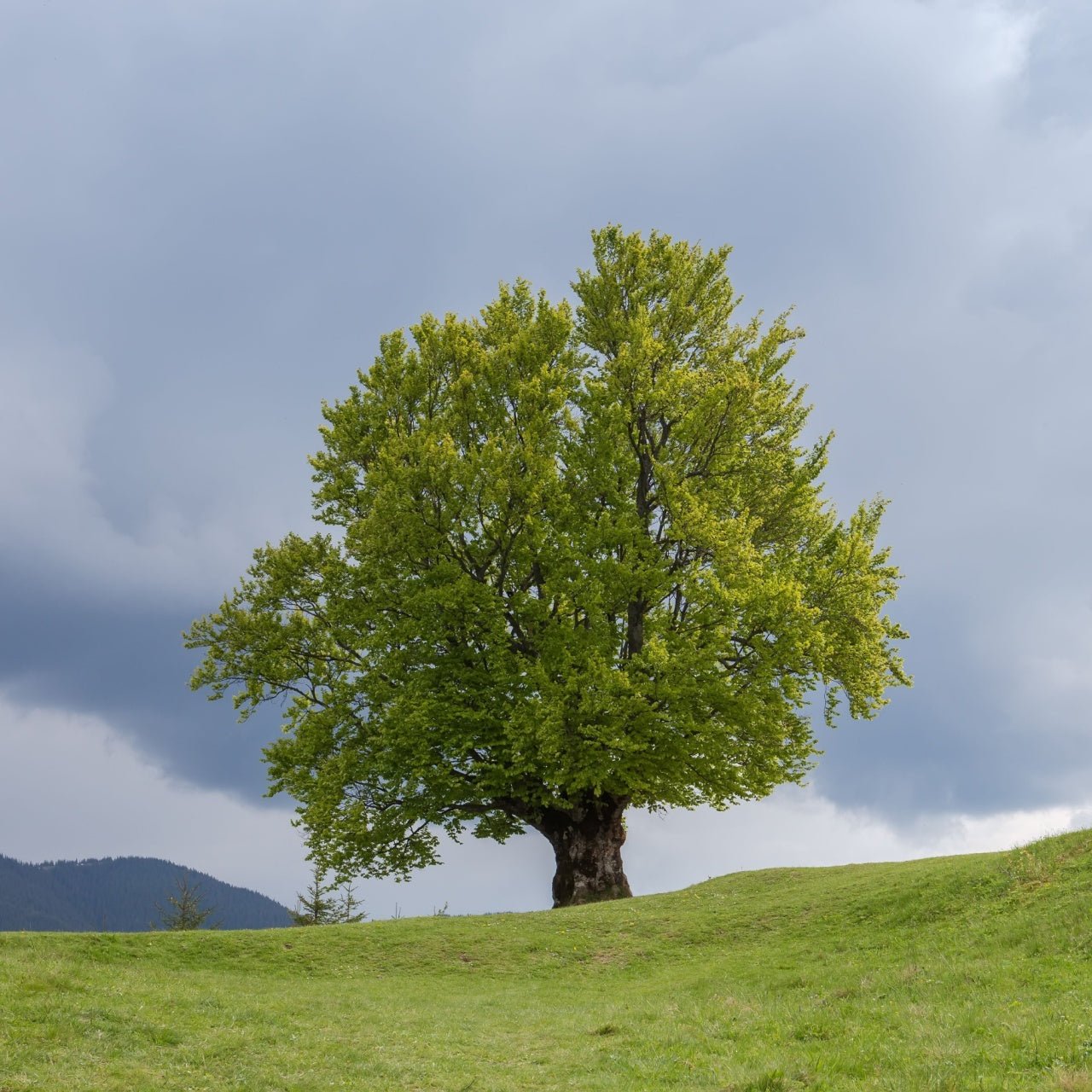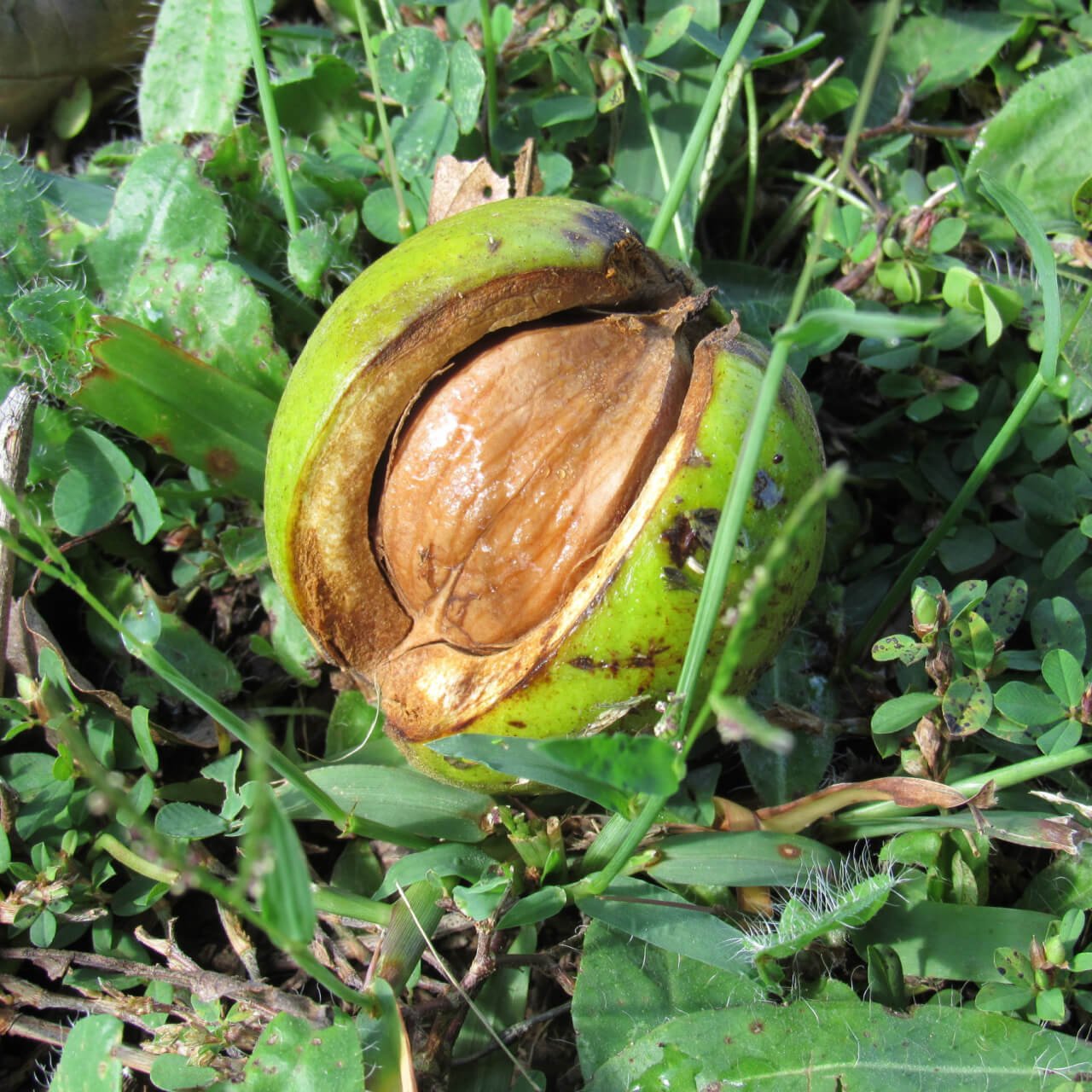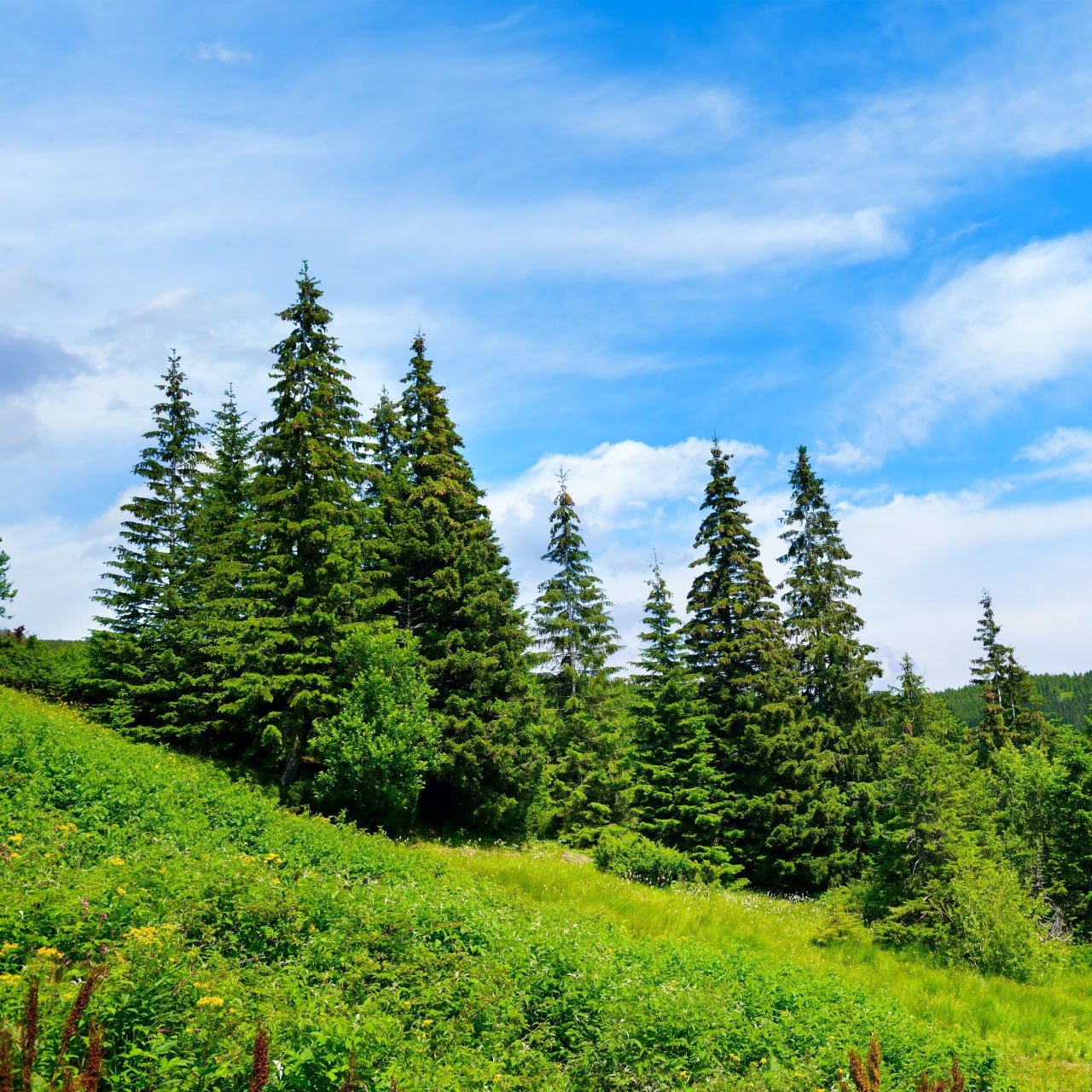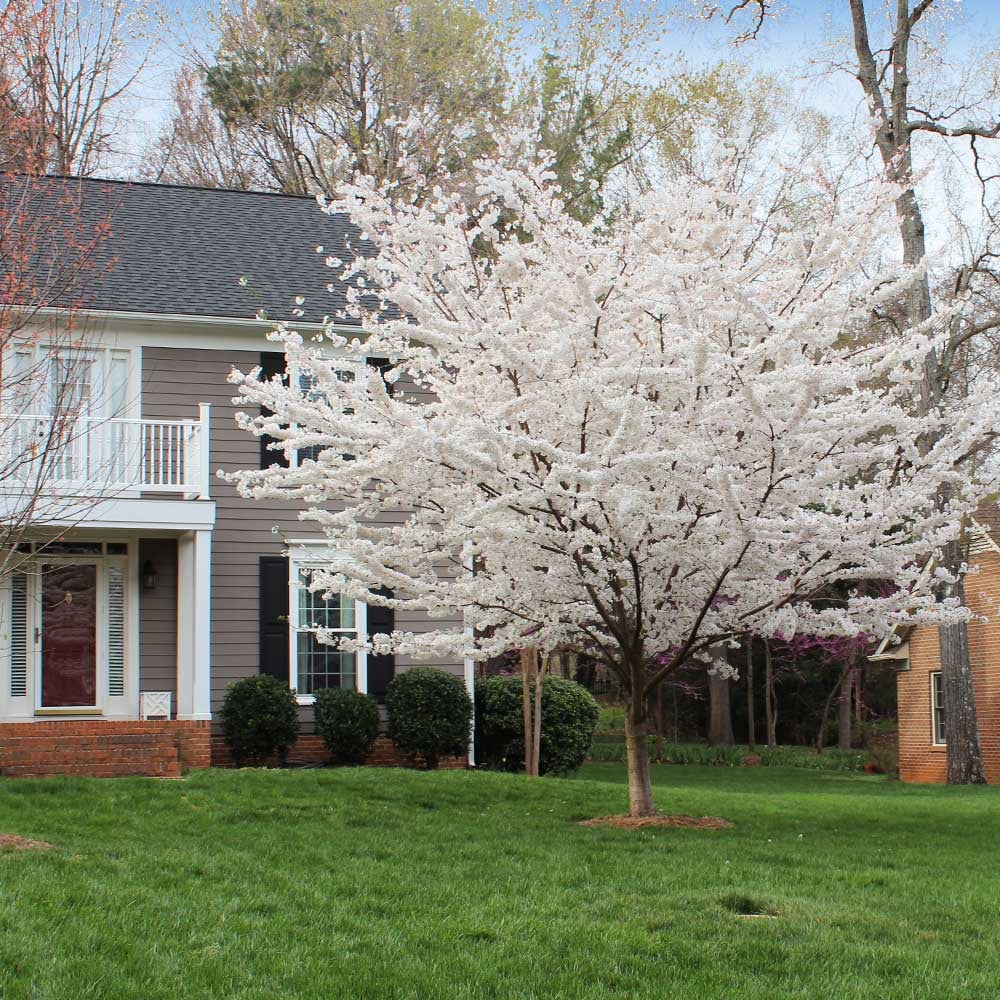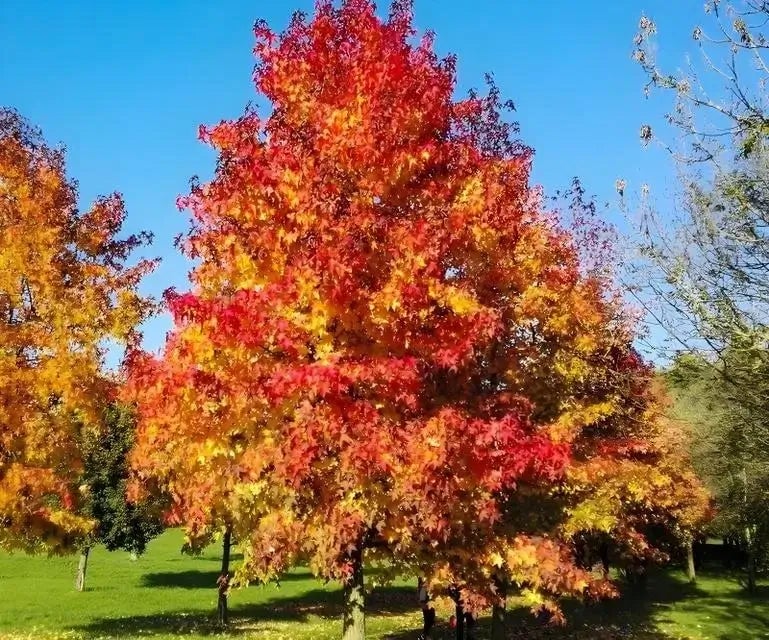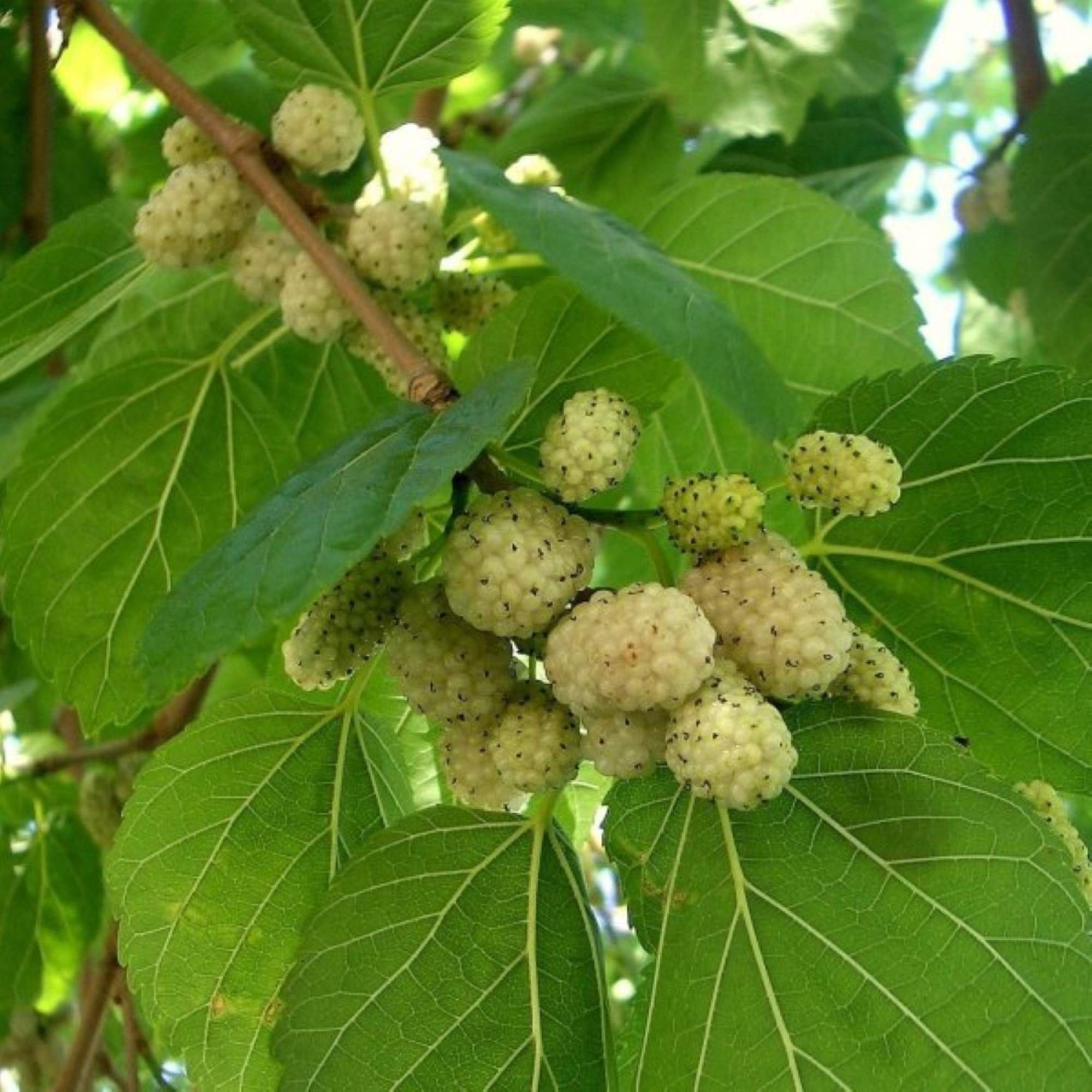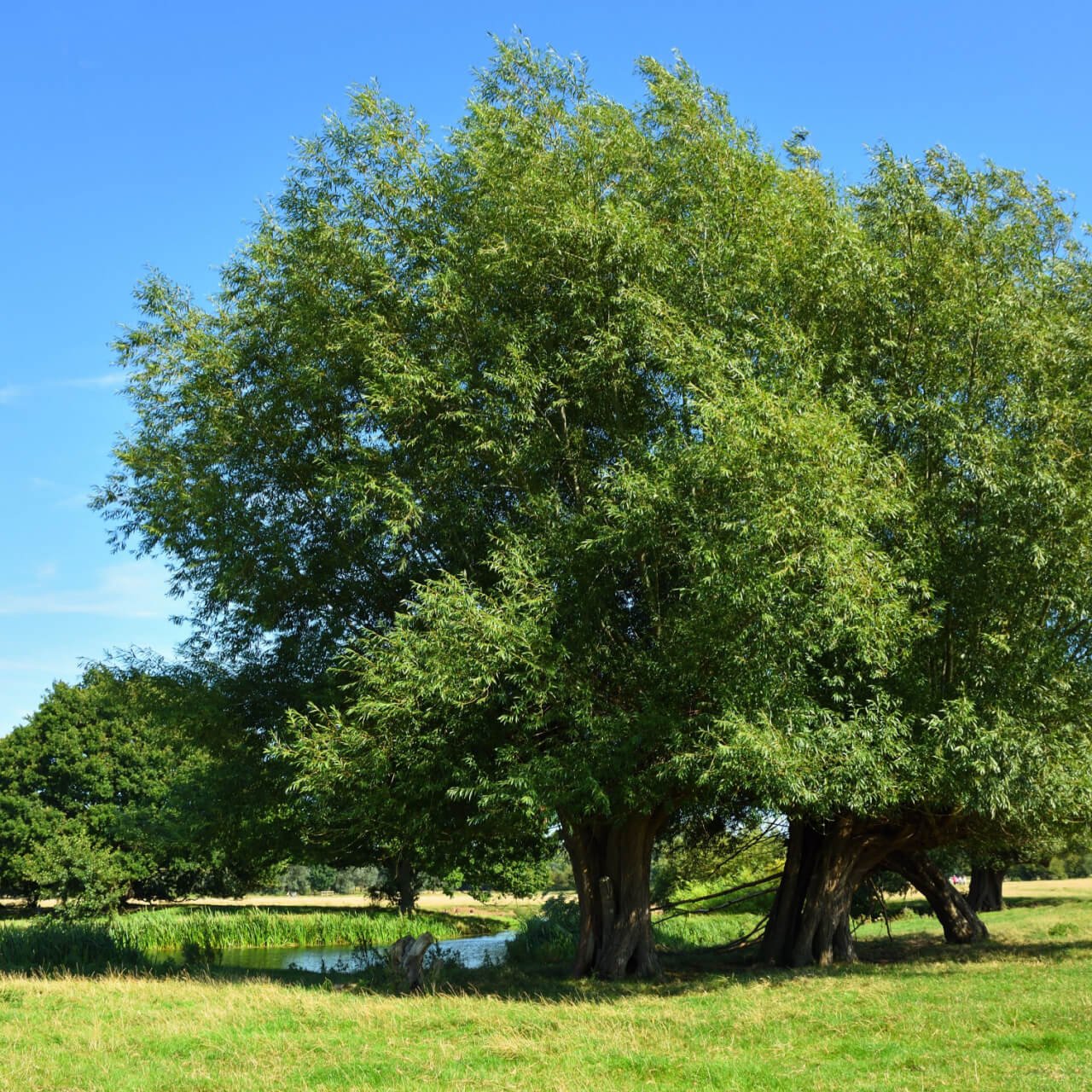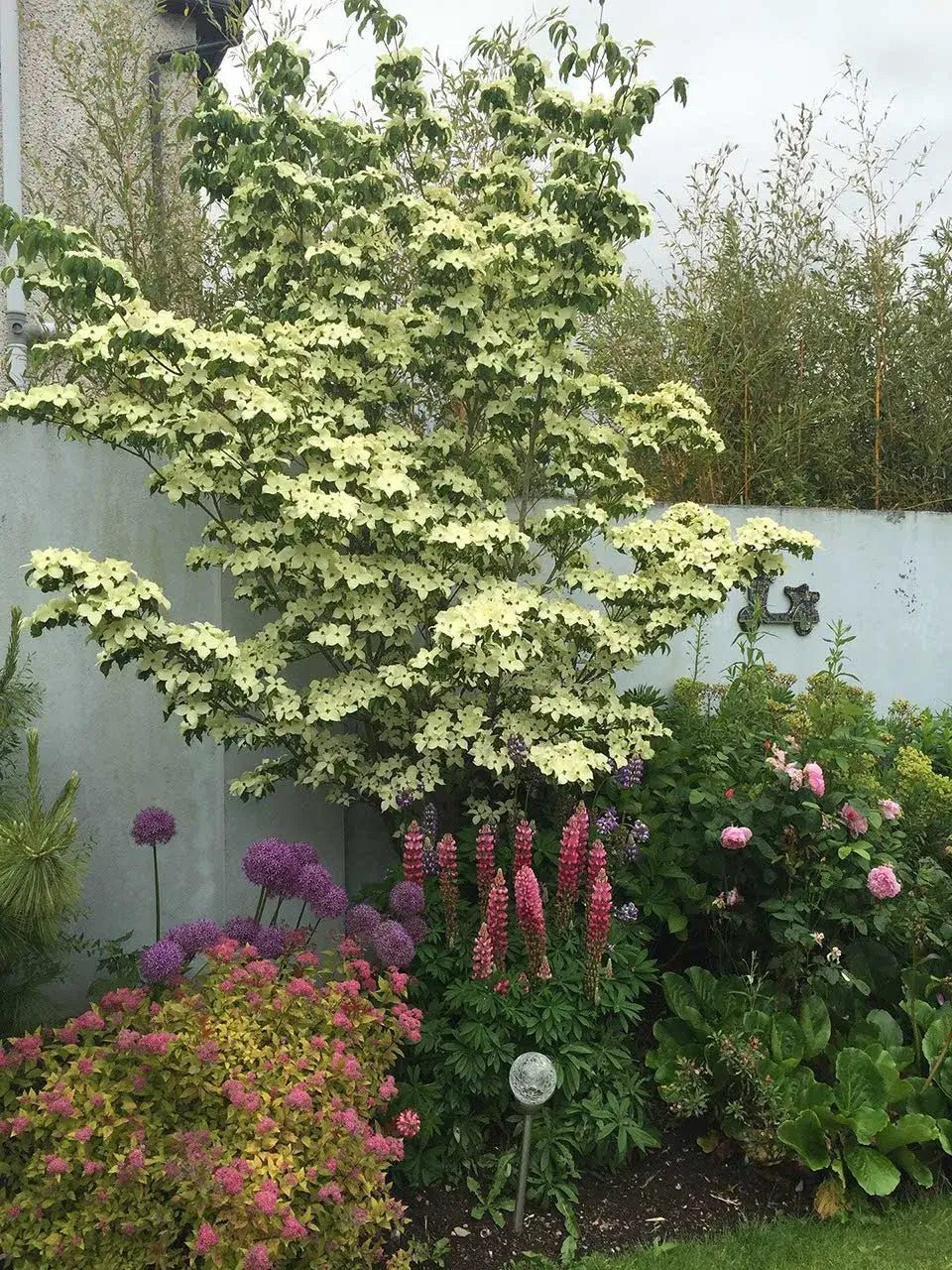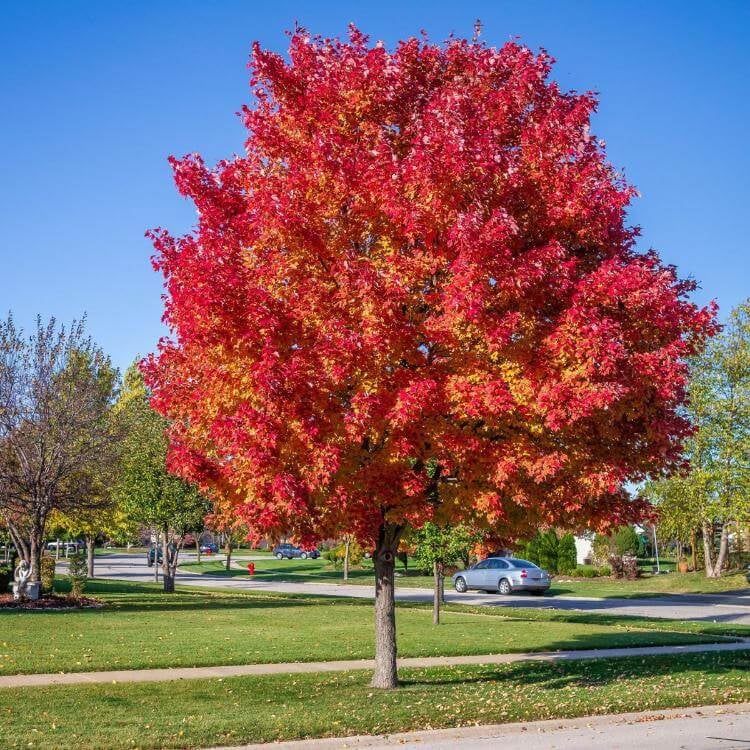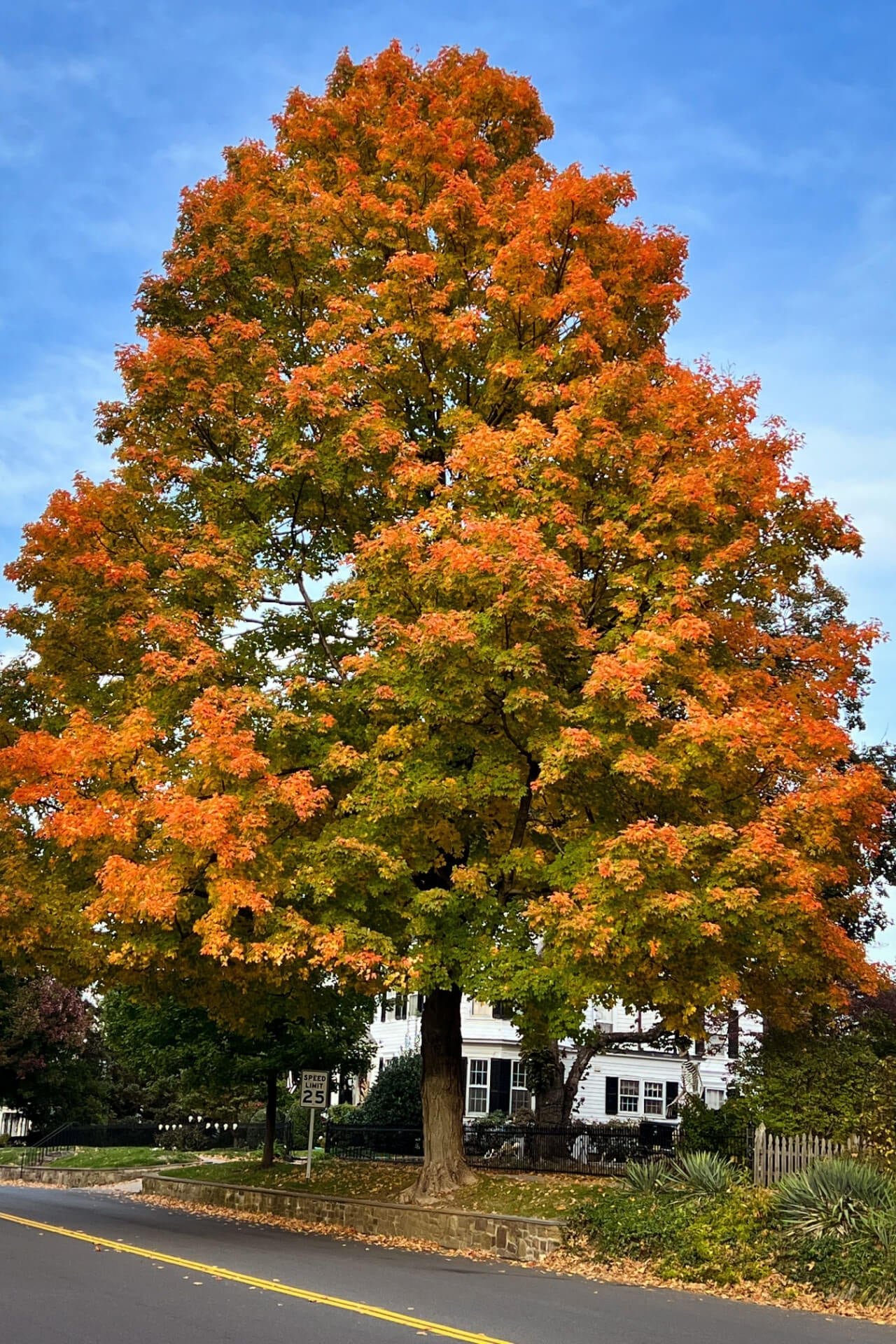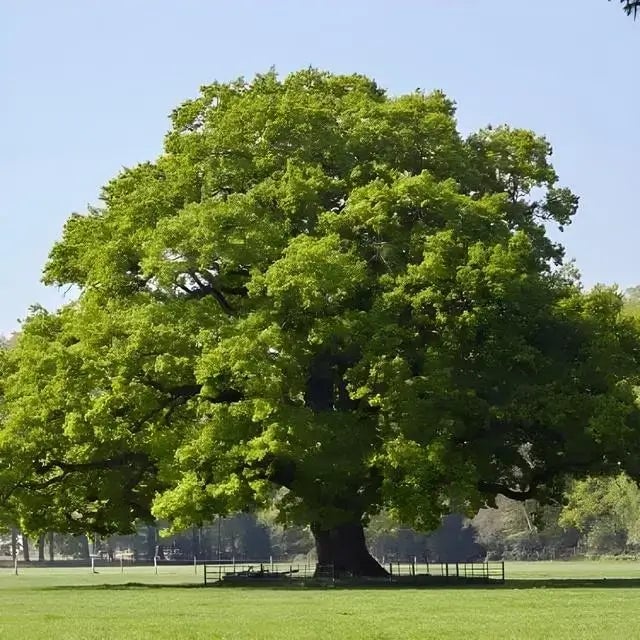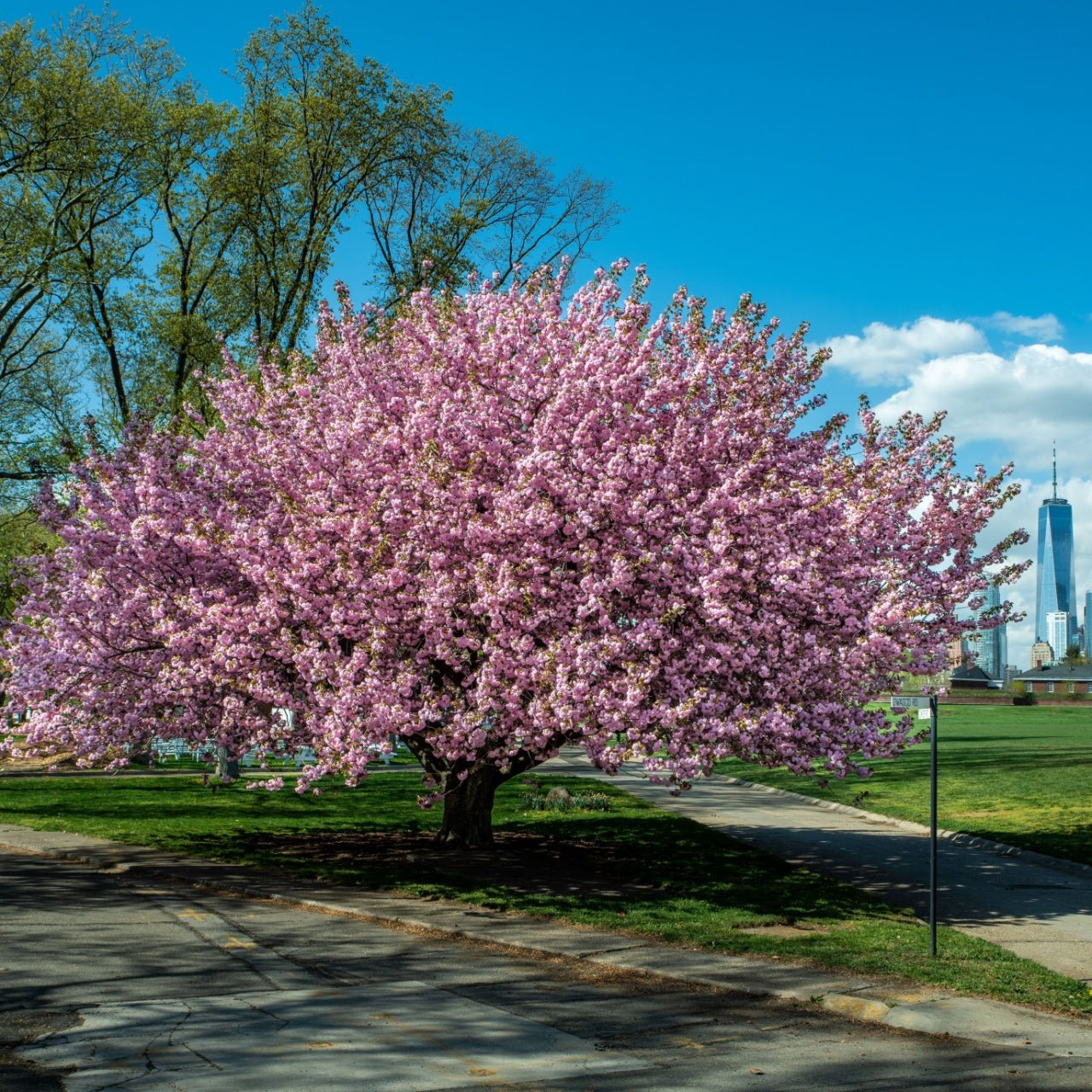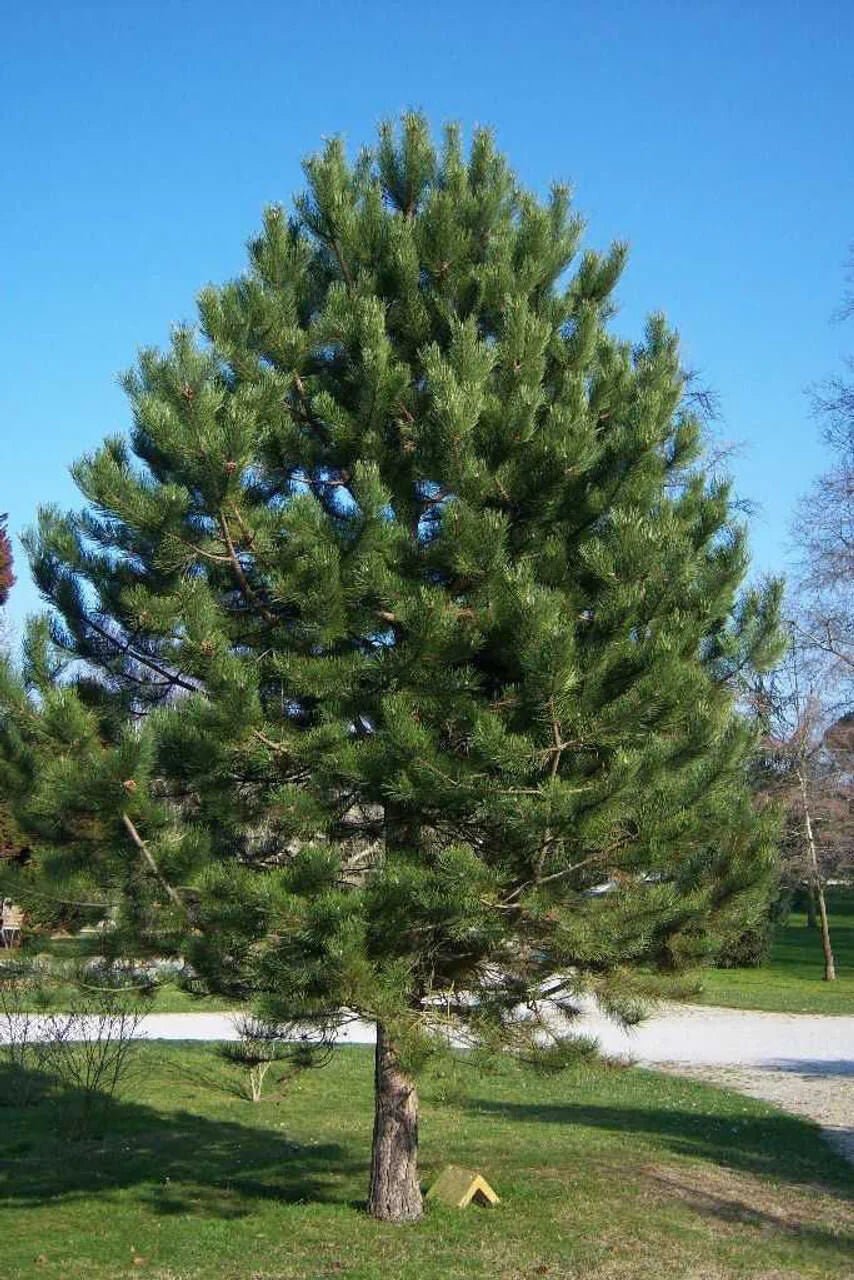Filters
Trees for Sale – Strong Roots, Lasting Beauty
There’s something deeply satisfying about planting a tree. It’s more than adding greenery—it’s an investment in shade, wildlife, and future memories. Whether you're planning to frame a driveway, offer privacy, cool your home, or create seasonal interest, we have these types of trees for sale to suit every space and purpose.
Browse Our Trees for Sale: From Fast-Growing to Classic Favorites
TN Nursery offers a wide selection of bare-root varieties grown with care and shipped directly from our Tennessee Nursery to your doorstep. Our trees range from fast-growing species perfect for quick coverage to slow-growing hardwoods that stand the test of time. Each one arrives healthy and ready to root into your soil.
Popular Choices Include:
- Shade – Ideal for cooling patios and rooftops naturally.
- Flowering – Add seasonal color and curb appeal.
- Evergreen – Year-round structure, privacy, and wind protection.
- Fruiting – Delicious harvests and beautiful spring blooms.
Why Buy Trees Online from TN Nursery?
We’ve spent decades growing native, hardy trees that thrive in various climates. You get more than a plant experience, service, and trusted quality when you shop with us. Whether landscaping a new build or adding the final touch to your backyard, our trees are selected to grow strong and beautiful in your soil and zone.
From the first dig to the last autumn leaf, our collection of trees for sale brings beauty and purpose to your landscape. Explore our best sellers and customer favorites—and plant something that lasts.


